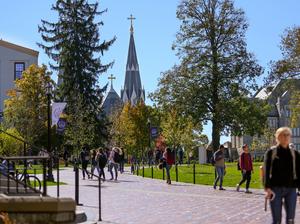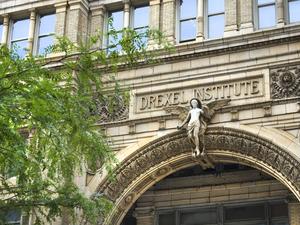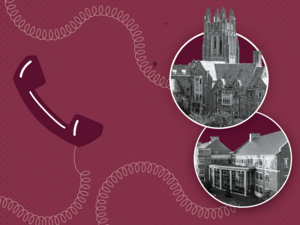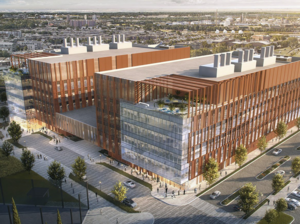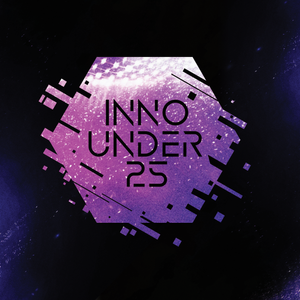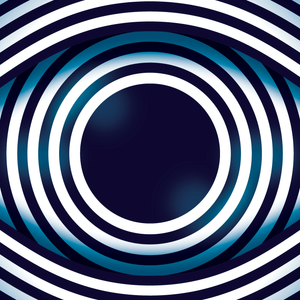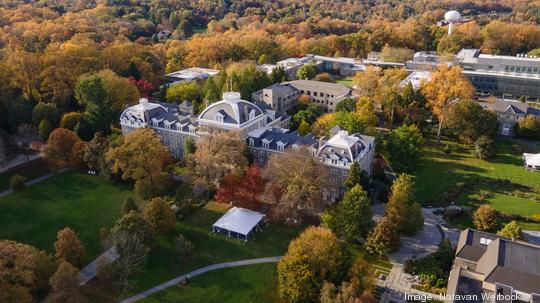
A report ranking colleges and universities on student coding performance puts two Philadelphia-area schools among the top 10 nationwide this year.
The report from CodeSignal, a San Francisco-based coding assessment software company, ranked the University of Pennsylvania at No. 6 and Swarthmore College at No. 10. Swarthmore is one of just two liberal arts schools ranked among the top 30. It is joined by Williams College (No. 28) in Massachusetts in this year's rankings.
CodeSignal’s rankings are based on analysis of the General Coding Framework, or GCF, an assessment that measures fundamentals in programming and computer science. The rankings analyze what percentage of students from a given institution scored over an 800 out of a maximum score of 850. The report looks at those scoring 600 or above, which indicates the test taker can write simple code, while a score of 800 or higher means the “test taker has excellent algorithmic and problem-solving skills and can develop large, complex applications,” according to CodeSignal.
At Penn, 23.92% of students taking the GCF scored over 800, while 21.82% of Swarthmore students achieved that result. Only schools with 10 or more students taking the test were included in the rankings. Over 150 top-tier technology companies, including Meta, Uber, and Zoom, use the GCF assessment in their hiring process, according to CodeSignal.
Neither Penn nor Swarthmore made last year's inaugural list. Locally just one school, Drexel University, was named among the top 30 last year. Drexel, ranked No. 9 in 2021, did not make this year's list, and was one of many schools to shift in the rankings. Last year's top school, Massachusetts Institute of Technology, fell to fourth place, while this year's top school, the University of Virginia - Charlottesville, was not ranked in 2021.
Swarthmore’s inclusion may be new this year, but the Delaware County school's focus on computer science programs is not, said Andrew Danner, associate professor and department chair of the computer science program. The computer science department has “grown tremendously over the last decade,” added Danner, who credits that growth for the school's high ranking by CodeSignal.
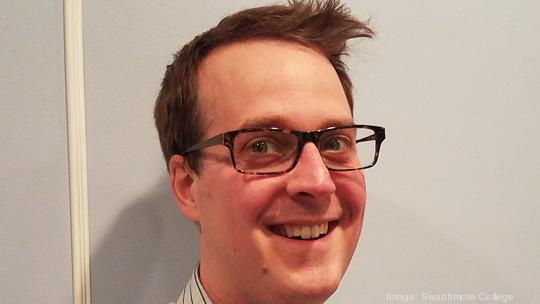
When Danner joined the faculty in 2006, there were about a dozen computer science majors at a given time. Now, Swarthmore has between 70 and 80 computer science majors. The more than 600% increase makes computer science one of the school's top three majors, along with economics and biology.
Nearly 50% of Swarthmore students will take at least one computer science class, Danner told the Business Journal. The private school enrolled 1,651 undergraduate students in the 2021-22 academic year, according to a report filed with the Office of Institutional Research.
Introductory courses teach students coding languages including C, C++ and Python, while advanced courses focus on algorithmic thinking, algorithmic game theory and language processing.
By Swarthmore standards, computer science classes are large at up to 50 students per class and 20 per lab section, but they’re significantly smaller than some of the top-ranking engineering schools, said Danner, which allows students to readily access faculty.
“There's not a large gap between a student wanting to ask a question and reaching the faculty,” he said. “We’re available to help guide them, both through their collegiate career and onto what’s next.”
The department emphasizes longer-term assignments and collaborative work with upper-level courses being project-based, Danner said.
“It’s a bit daunting at times, but it gives students a chance to explore something they’re interested in broadly," he added.
While continuing to expand offerings is a priority, so is attracting students from traditionally underrepresented groups, such as women and students of color, said Danner.
In the U.S., women make up 58% of enrollment at colleges and universities, but as of a 2018 study from the Pew Research Center, women make up only 19% of computer science degree recipients. Black and Hispanic students, who earn 10% and 15% of bachelors degrees, respectively, only account for 7% and 12% of STEM degree recipients.
